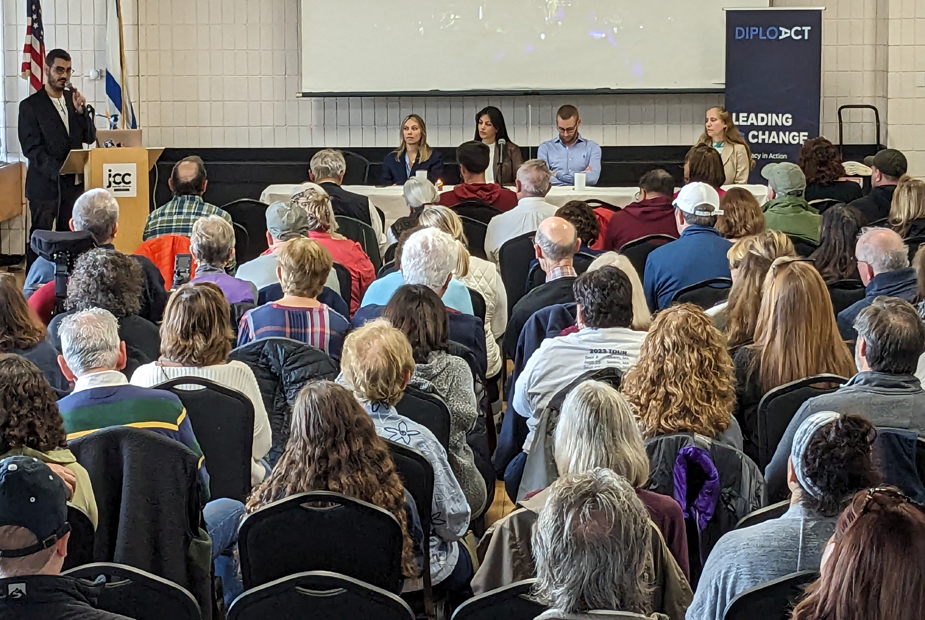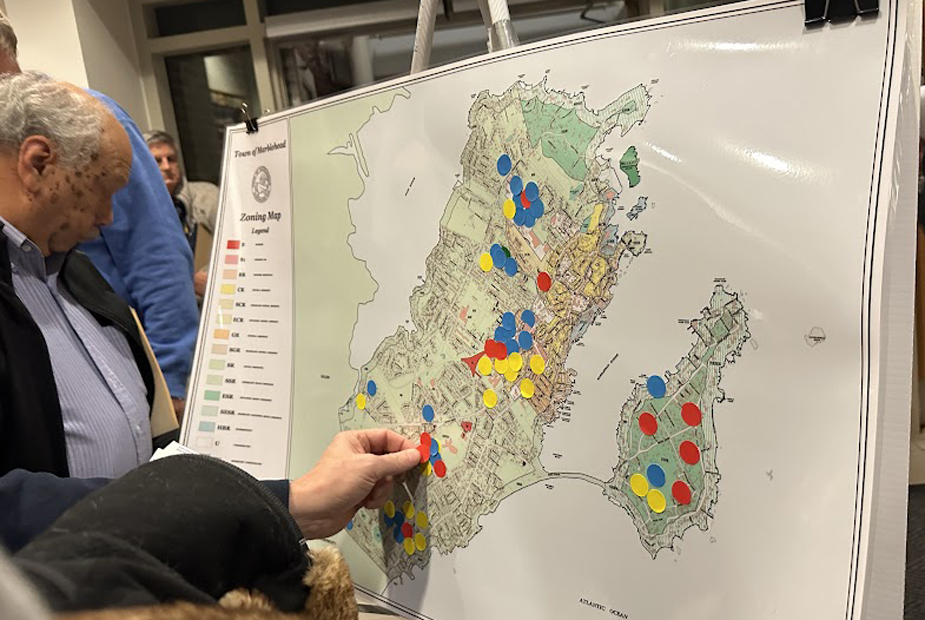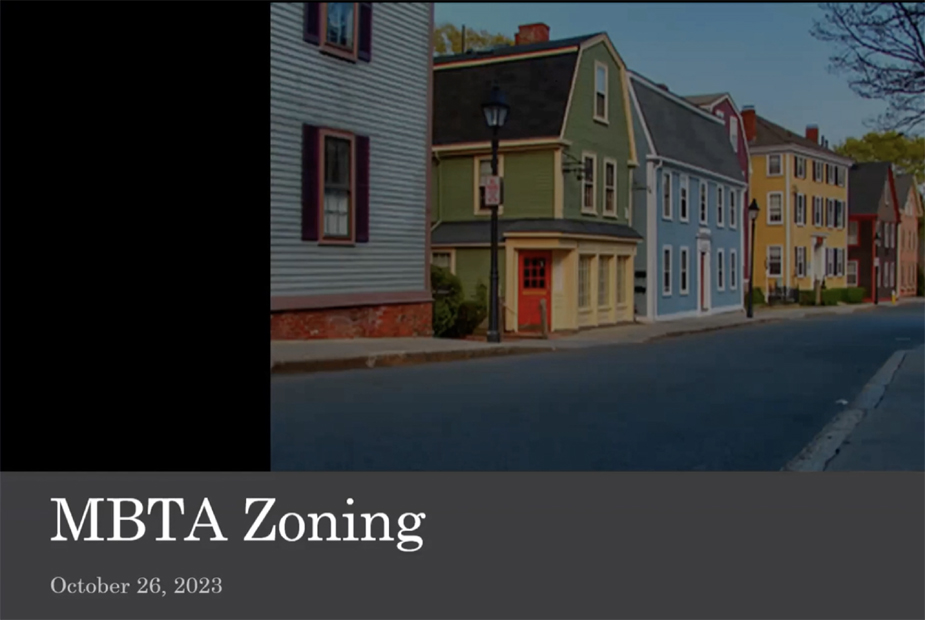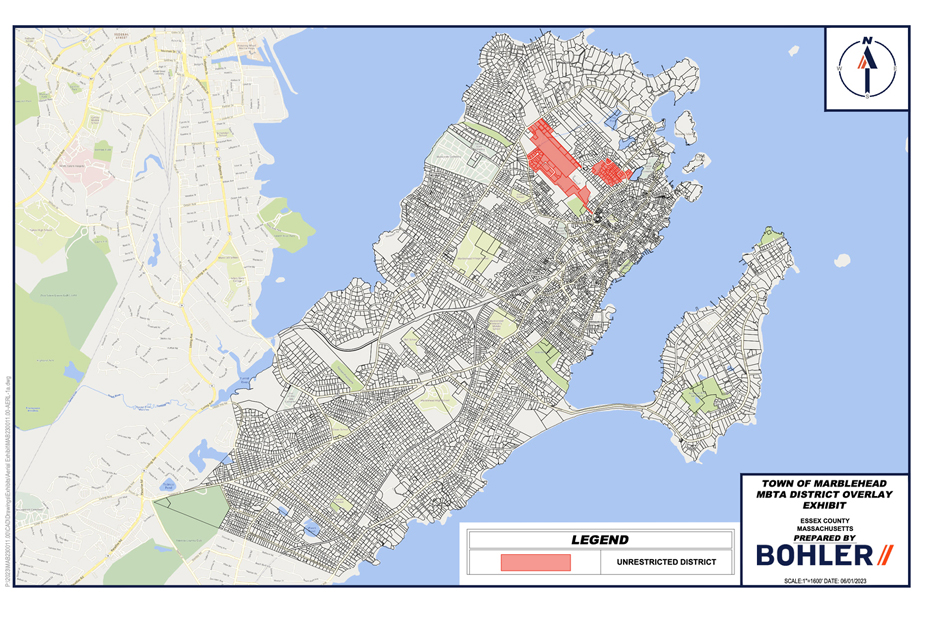Third Place Winner - Marblehead Beacon Writing Competition
By Tessa Francis, Marblehead High School Freshman
$100 Prize Winner - Thanks to Sponsors The Property Twins and Stowaway Sweets
Teens nowadays experience life at a faster pace and are required to better anticipate the short- and long-term impacts of social media. They face more pressure than prior generations, especially during high school and their college years.
The pressure to conform and fit in is highest now than in years past. Social media touches everything and everyone in a wide range of ways. For example, at any moment someone could post something about you that may immediately affect how you feel, or how others feel about you. With the ability to reach more people, things such as fashion trends for certain body types drive a more widespread impact on how people feel about themselves. When everyone wants to fit in and look like everyone else, these trends can be breeding grounds for eating disorders, self-image issues and public bullying. On top of that, it’s harder than ever to get into colleges, even more so with everyone having a digital footprint that can be the deciding factor as to whether a college accepts your application. Older generations did not have social media to heavily influence them or the potential to publicize their mistakes. As a result, teens today face more extreme consequences for our actions.
Most people understand that there is a pressure to conform and fit in with everybody else, but the issue has only become worse with social media. Not only is there pressure to fit in, but there is also more judgment towards certain groups of people. The stark difference in how people act towards cliques like “jocks” and “nerds” has only grown larger. With social media, it is much easier to ridicule “nerds” and give out more praise to the “jocks”. This attention extends to the associations of who hangs around these cliques. For example, a cheerleader may hang out with the jocks and she may dress to match a new fashion trend. Naturally, someone who just wants to fit in, and maybe even wants to be popular, may try to imitate the way she dresses. However, if the style the popular girl wears is not flattering on someone who is just trying to fit in, they may be shamed or bullied for the way they look, even though they were just trying to act like everyone else. These social media trends are breeding grounds for bullying, especially when someone is wearing or doing something unflattering, and it is posted online. According to a study done by Pew Research Center, more than 59 percent of United States teenagers have experienced some form of cyberbullying or harassment online. One of my friends has been cyberbullied for their appearance, and it severely impacted their self-image. Cyberbullying is a real issue, and it only adds stress to the high school experience.
Another part of the high school experience for most people is worrying about acquiring a job or whether or not you will be accepted to your dream school. With social media and the internet, colleges have so many more reasons than ever before to reject your application. One big factor that older generations never dealt with is digital footprint. With a digital footprint, jobs and colleges can potentially see everything you have posted online, and they can choose not to give you a job or reject your application. This exposure adds more weight to our shoulders when we apply to colleges, not to mention the increase in competition to be accepted at a college. Students applying to Harvard with the highest likelihood of being accepted carry a 4.8 GPA and major accomplishments. The reality is that it is so much harder to stand out to colleges, especially Ivy League schools, when everyone has an impressive academic resume. Additionally, in more recent years, more students have started applying to colleges because more people with college degrees are competing for the high paying jobs, making it harder for people without college degrees to be paid higher wages.
In addition to stress about self-image and college success, teens also have pressure to not make mistakes. Unlike in the past, a group of teenagers cannot go TP a house on Halloween without the potential of a criminal charge for trespassing, due to video doorbells with high resolution images. Another example would be cutting school or leaving in the middle of a school day. Older generations were able to leave the building without a camera recording them leaving and without anybody caring. Today, if someone were to leave in the middle of the school day, the teacher for their next class would take attendance based on who had their lanyards with their ID’s attached and would alert the school relatively quickly that someone was missing from their classroom. Parties are also way more incriminating than they ever were before because people may record you doing something illegal and post it, causing you and everyone else at the party to be in trouble. Basically, there is a constant fear that you may be making the wrong choice, and that something could go wrong and end up on your transcript or give you a criminal record because of the easy access to technology.
Teens are learning every day to better withstand pressure and stress that social media and technology brings to their daily lives. We worry about fitting in and conforming to new social norms that are constantly changing. Additionally, we are forced to worry about being cyberbullied, and how anything we do may impact our future college admissions and job choices. In conclusion, teens nowadays are under the most stress any generation of teens has ever experienced. We are constantly learning how to better work under pressure and manage feelings that overwhelm us.








